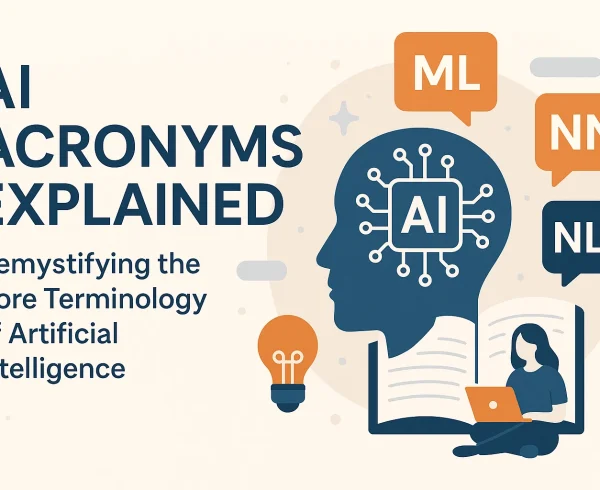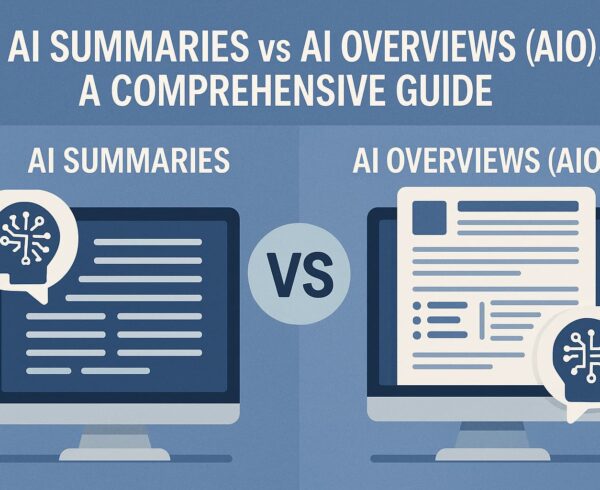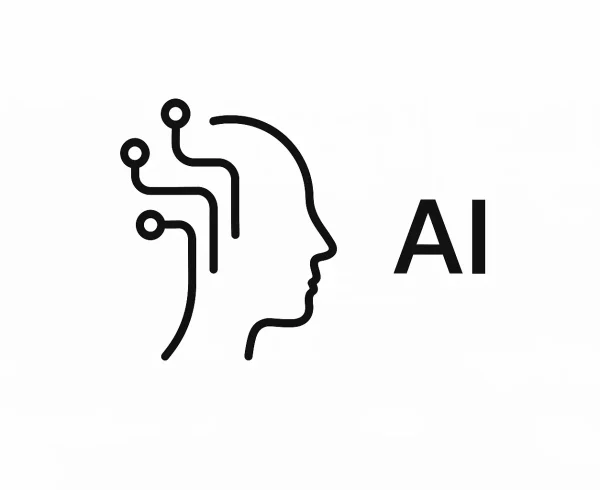Meta AI’s latest breakthrough, Llama 3.1, is set to revolutionize the world of open-source artificial intelligence. With enhanced natural language processing, advanced machine learning algorithms, and a commitment to ethical development, Llama 3.1 promises to democratize access to cutting-edge AI technology. This article delves into its features, technological innovations, real-world applications, and the profound impact it’s expected to have on the AI landscape, fostering a new era of innovation and collaboration.
Introduction:
Meta AI has recently unveiled Llama 3.1, (8B, 70B, 405B), a groundbreaking advancement in open-source artificial intelligence. This development promises significant enhancements in various AI applications, setting a new standard for the industry. In this exploration, we will delve into the details of Llama 3.1, understanding its features, improvements over previous versions, potential applications, and its impact on the AI community. Llama 3.1 is the latest version of Meta’s AI models, released after the initial Llama 3 launch in April.
1. Overview of Llama 3.1:
1.1 What is Llama 3.1, and how does it fit into Meta AI’s portfolio?
Llama 3.1 is the latest iteration in Meta AI’s series of advanced AI models designed to push the boundaries of natural language understanding and generation. This model fits into Meta AI’s portfolio as a flagship open-source project aimed at democratizing access to cutting-edge AI technology. Llama 3.1 builds on the foundation of previous models, offering enhanced capabilities and greater accessibility to researchers and developers worldwide.
1.2 Key features and specifications of Llama 3.1
Llama 3.1 boasts several key features, including improved natural language processing (NLP) accuracy, faster training times, and increased efficiency in handling large datasets. The model has a more robust architecture, enabling better context understanding and response generation. Its specifications include advanced neural network configurations and state-of-the-art machine learning techniques, making it one of the most powerful open-source AI models. Key Features
- Enhanced Performance: Llama 3.1 boasts significant performance improvements over its predecessors. This includes better accuracy, fluency, and coherence in text-generation tasks.
- Expanded Factual Knowledge: The model has a broader knowledge base, providing more informative and accurate responses to various prompts.
- Improved Code Generation: Llama 3.1 excels in generating code, making it a valuable tool for developers and programmers.
- Multimodal Capabilities: While not fully realized in the current version, Meta has hinted at future multimodal capabilities, including image and video understanding and generation.
- Massive Scale: Available in three sizes: 8 billion, 70 billion, and 405 billion parameters, offering a wide range of options for different applications.
- Open-Source: Freely available for researchers and developers to access and utilize, fostering innovation and collaboration
- Multilingual Capabilities: Supports multiple languages, making it a versatile tool for global applications.
Specifications
- Fine-Tuning: Over 10 million human-annotated examples have been fine-tuned to enhance performance across various tasks. It’s available in three sizes: 8 billion, 70 billion, and 405 billion parameters, offering a range of options for different computational resources and task requirements.
- Training Data: Trained on approximately 15 trillion text tokens from publicly available sources.
- Vast Textual Data: It was trained on a massive dataset of text and code, likely including books, articles, code repositories, and web pages.
- Data Cleaning and Filtering: Rigorous processes to clean and filter the data to improve model quality and reduce biases.
- Architecture: Based on the Transformer architecture, known for its efficiency in handling sequential data.
- Availability: Available on major cloud platforms, making it accessible to a wide audience.
1.3 How does Llama 3.1 differ from its predecessors (Llama 3.0, etc.)?
Compared to Llama 3.0, Llama 3.1 introduces several significant improvements. It features enhanced algorithms for more accurate predictions and a more streamlined architecture for faster processing. Additionally, Llama 3.1 incorporates feedback from the AI community, addressing previous limitations and expanding its range of applications. These upgrades make Llama 3.1 a more versatile and powerful AI research and development tool.
2. Technological Innovations:
2.1 What are the core technological advancements introduced in Llama 3.1?
Llama 3.1 introduces several core technological advancements, including a more sophisticated neural network architecture that enhances its ability to understand and generate human-like text. It also features improved training algorithms that reduce the time and computational resources required to develop AI models. These advancements make Llama 3.1 more efficient and effective in various AI applications.
2.2 Improvements in natural language processing (NLP) capabilities
One of the most notable improvements in Llama 3.1 is its enhanced natural language processing (NLP) capabilities. The model can now understand and generate text more accurately, capturing nuances in language that previous versions struggled with. This improvement is due to the incorporation of more extensive training datasets and advanced linguistic models, allowing Llama 3.1 to perform better in tasks such as sentiment analysis, text summarization, and machine translation.
2.3 Enhancements in machine learning algorithms and models
Llama 3.1 also features significant enhancements in its machine-learning algorithms and models. These improvements allow for more efficient training processes, reducing the time and resources needed to develop new AI applications. The updated algorithms enable Llama 3.1 to learn from data more effectively, resulting in better performance across various tasks. This makes the model a valuable tool for researchers and developers working on innovative AI solutions.
3. Open-Source Contributions:
3.1 How does Llama 3.1 support and contribute to the open-source community?
Llama 3.1 is designed to contribute to the open-source community, providing researchers and developers access to state-of-the-art AI technology. By releasing Llama 3.1 as an open-source project, Meta AI enables a broader audience to experiment with and build upon its capabilities. This openness fosters collaboration and innovation, helping to advance the field of AI more rapidly than if the technology were kept proprietary.
3.2 Examples of open-source projects or collaborations utilizing Llama 3.1
Several open-source projects and collaborations have already begun utilizing Llama 3.1. For example, academic researchers use the model to study advanced NLP techniques, while developers integrate it into open-source software to improve language understanding and generation. These projects demonstrate the versatility and potential of Llama 3.1, showcasing its ability to drive innovation across various domains.
3.3 Meta’s Commitment to Openly Accessible AI
- Meta advocates for open access to AI, believing it will lead to more safe AI outcomes and equitable technology distribution
- Benefits of open source include:
- Ensuring global access to AI opportunities
- Preventing power concentration
- Promoting equitable technology deployment
Scaling Safety Measures
- Improving model capabilities while scaling evaluations, red teaming, and mitigations for catastrophic risks
- Introducing new security and safety tools:
- Llama Guard 3 (multilingual moderation tool)
- Prompt Guard (protects against prompt injections)
- CyberSecEval 3 (evaluations to reduce generative AI cybersecurity risk)
Responsible AI Development
- Prioritizing responsible AI development and empowering others to do the same
- Providing developers with tools and resources to implement best practices outlined in the Responsible Use Guide
4. Applications and Use Cases:
4.1 What are the primary applications of Llama 3.1 in various industries?
Llama 3.1 has a wide range of applications across various industries. It can be used in healthcare for medical data analysis and patient communication. In finance, it aids in fraud detection and automated customer service. The technology also finds applications in education, personalising learning experiences and assisting in research. These diverse applications highlight the model’s flexibility and impact.
The open-source nature of Llama 3.1 opens up a vast array of potential applications across various industries:
- Customer Service: AI-powered chatbots and virtual assistants can provide enhanced customer support with improved language understanding and response generation. Advanced chatbots, virtual assistants, sentiment analysis.
- Content Creation: The model can assist in content creation tasks like writing articles, scripts, and marketing copy. Useful for writing content prompts
- Education: Llama 3.1’s ability to explain and answer questions can benefit personalized tutoring and learning platforms. These platforms can be used for personalized learning, content generation, and language tutoring.
- Research: Scientists and researchers can leverage the model for data analysis, hypothesis generation, and experiment design. Data analysis, scientific writing, and hypothesis generation.
- Accessibility: Llama 3.1 can be used to develop tools for people with disabilities, such as text-to-speech and speech-to-text applications.
- Healthcare: Medical diagnosis, drug discovery, patient data analysis.
- Finance: Risk assessment, fraud detection, financial document analysis.
4.2 Case studies or examples of Llama 3.1 being implemented in real-world scenarios
One notable case study involves using Llama 3.1 in customer service automation. A leading tech company implemented the model to enhance its chatbot’s ability to handle customer inquiries, resulting in faster response times and higher customer satisfaction. Another example is a research institution using Llama 3.1 to analyze large datasets, leading to new insights and more efficient research processes.
4.3 Potential future applications and innovations driven by Llama 3.1
The future applications of Llama 3.1 are vast and varied. Potential innovations include more advanced virtual assistants, improved machine translation systems, and enhanced data analysis tools. As researchers and developers continue to explore the model’s capabilities, we can expect to see new and innovative applications emerge, further driving the evolution of AI technology.
5. Impact on the AI Industry:
5.1 How is Llama 3.1 expected to influence the AI landscape?
Llama 3.1 is expected to significantly impact the AI landscape by setting a new standard for open-source AI models. Its advanced capabilities and accessibility will drive innovation and competition, encouraging other organizations to develop similarly advanced technologies. This shift will likely accelerate the overall progress of AI research and development, leading to more rapid advancements in the field.
Llama 3.1 is set to shape the AI landscape in several key ways:
- Democratizing AI: By being open-source, Llama 3.1 makes advanced AI capabilities accessible to a wider audience, including smaller companies and individual researchers.
- Accelerating Innovation: The collaborative nature of its development fosters a thriving environment for new advancements and breakthroughs in AI.
- Driving Competition: Its release is expected to ignite a new wave of AI model development, pushing the industry towards continuous improvement.
- Lowering Barriers to Entry: Llama 3.1 enables smaller entities to compete with larger organizations by providing powerful AI tools without prohibitive costs.
- Ethical Considerations: The introduction of Llama 3.1 underscores the importance of developing and deploying AI responsibly, emphasizing ethical guidelines and practices.
5.2 Reactions from industry experts and AI researchers
Industry experts and AI researchers have reacted positively to the release of Llama 3.1. Many praise its advanced features and potential applications, noting that it represents a significant step forward for open-source AI. Researchers appreciate the model’s improved accuracy and efficiency, which enable more effective experimentation and development. These positive reactions underscore the importance and impact of Llama 3.1 in the AI community.
5.3 Potential challenges and criticisms associated with Llama 3.1
Despite its many advantages, Llama 3.1 also faces potential challenges and criticisms. One concern is the ethical use of the technology, as advanced AI models can be misused for malicious purposes. Additionally, some critics argue that the open-source nature of Llama 3.1 could lead to increased competition and fragmentation within the AI community. Addressing these challenges will be crucial for the successful adoption and development of Llama 3.1.
6. Ethical Considerations and Responsible AI:
6.1 What measures has Meta AI taken to ensure ethical use of Llama 3.1?
Meta AI has implemented several measures to ensure the ethical use of Llama 3.1. These include guidelines for responsible AI development, mechanisms for identifying and mitigating biases, and tools for monitoring and controlling the model’s use. By promoting transparency and accountability, Meta AI aims to prevent misuse and ensure that Llama 3.1 is used for positive and beneficial purposes.
6.2 Discussion on responsible AI practices and the role of Llama 3.1
Responsible AI practices are crucial for the sustainable development of artificial intelligence. Llama 3.1 plays a significant role in this context by providing an open-source platform that encourages ethical research and development. By adhering to responsible AI guidelines, developers and researchers can leverage Llama 3.1 to create innovative solutions that respect privacy, fairness, and transparency, contributing to AI’s overall positive impact on society.
7. Model Architecture: Unpacking the Power of Llama 3.1
Llama 3.1’s model architecture is a testament to its cutting-edge capabilities, leveraging an optimized transformer architecture to deliver unparalleled performance. Let’s delve into the details of its design:
Auto-Regressive Language Model
Llama 3.1 is an auto-regressive language model that predicts the next token in a sequence based on the previous tokens. This approach enables the model to generate coherent and contextually relevant text.
Optimized Transformer Architecture
The transformer architecture is the backbone of Llama 3.1, allowing it to easily handle complex tasks. The optimized design ensures:
- Efficient Processing: Llama 3.1 can process vast amounts of data quickly, making it ideal for real-time applications.
- Scalability: The model can be fine-tuned for specific tasks without sacrificing performance.
Supervised Fine-Tuning (SFT)
SFT involves training the model on a labeled dataset, where the correct output is provided for a given input. This process enables Llama 3.1 to learn from human feedback and adapt to specific tasks, ensuring:
- Improved Accuracy: The model becomes more precise in its predictions and outputs.
- Task-Specific Optimization: Llama 3.1 can be tailored for various applications, from chatbots to content generation.
Reinforcement Learning with Human Feedback (RLHF)
RLHF takes SFT further by incorporating human feedback into the training process. This approach allows Llama 3.1 to learn from users’ preferences and adjust its output accordingly, focusing on:
- Helpfulness: The model prioritizes providing useful and informative responses.
- Safety: Llama 3.1 learns to avoid generating harmful or inappropriate content.
By combining these techniques, Llama 3.1’s model architecture sets a new standard for AI performance, flexibility, and safety. Its optimized transformer design and fine-tuning capabilities make it an ideal choice for a wide range of applications.
Final Words
Llama 3.1 represents a major advancement in open-source AI, offering enhanced capabilities and greater accessibility to researchers, prompts makers, and developers. By exploring its features, technological innovations, and potential applications, we gain a deeper understanding of its impact on the AI community. As we look to the future, continued research and collaboration will be essential in harnessing the full potential of Llama 3.1, driving further innovation and ensuring the responsible development of AI technologies.
1







Leave a Comment